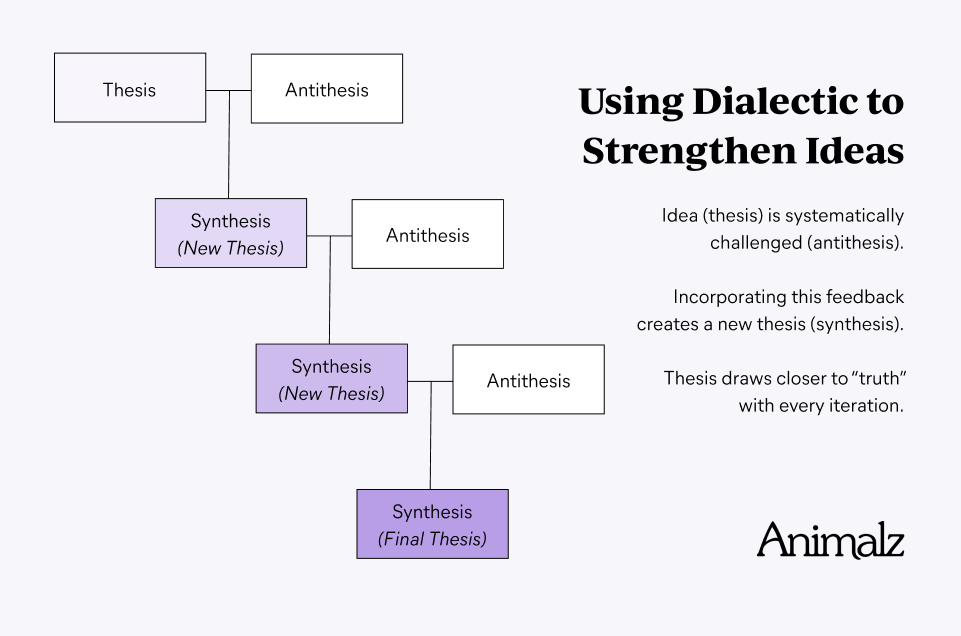
This Is What Content Marketing Looks Like in a Crisis - Animalz
This Is What Content Marketing Looks Like in a Crisis
We can't hold our breath forever. Even in the midst of crisis, marketing must go on. In many cases, how businesses interact with the wider world is more important than ever. We need to offer reassurance, deliver mission critical information to customers, and prepare for the months ahead.
But that doesn’t change the fact that marketing right now is more difficult and is plain different from anything we’ve seen before. There are few precedents for marketers to follow.
In the last few weeks, we've talked to dozens of businesses as they've begun to negotiate this new normal. In each conversation, the same few questions cropped up:
- "What are other brands doing with content?"
- "How can we market in a tactful, empathetic way?"
- "How the heck do I even think about content during this crisis?"
As we’ve helped companies recalibrate their content marketing strategy for the months ahead, we’ve been able to start answering these questions. To help you do the same, we’ve started a collection of COVID-19 content marketing examples.
COVID-19 Content Marketing Examples
This collection serves as a practical example of how brands and businesses the world over are adapting thought leadership, SEO content, product marketing, company announcements, and event marketing to suit the needs that their customers have right now.
How to Adapt Your Marketing to a Crisis
All the components of the content marketing playbook still exist, but in times of crisis, they each serve slightly different purposes. Though we’re in the early days of the pandemic, we’re already seeing a few common shifts happening across content marketing strategy.
Company Announcements
Crises are amplified by uncertainty. In the absence of clear, direct information, it’s human nature to prepare for the worst-case scenario. That overreaction, natural though it is, can exacerbate problems, whether it causes a run on the banks, accelerating a financial collapse, or it hits unprepared supply chains and causes essential products to vanish from supermarket shelves.
In times of uncertainty, a company announcement should be your first port of call. It’s an opportunity to remove doubt from the minds of worried customer and answer their biggest concerns head-on:
- How will your service be impacted in the coming weeks and months?
- What challenges are you anticipating?
- What extra support can you offer?
Confidence, compassion, and community should be your bywords. Demonstrate the measures you’re taking to ensure service continuity, acknowledge that it isn’t business as usual, and empathize with those going through the crisis with you.
Thought Leadership
Thought leadership content is as important as it will ever be. Right now, your customers need guidance. While we’re trying to recalibrate our marketing to the current environment, the same shift is happening in every industry. Your company functions as the connective tissue between thousands of consumers and suppliers, so share what you’re seeing:
- What are the emergent trends in your industry?
- What do you think will happen next?
- What can your industry do to prepare?
In a socially distanced world, making real, human connections is more important than ever. Thought leadership showcases opinions and ideas, heart and soul, in a way that other content can’t. It’s a chance for you to write directly to the individual and create a meaningful connection that will last beyond the next few months of crisis.
To illustrate the point, here’s an article excerpt from Kieran Snyder, CEO of Textio, that stuck with me in a way no SEO content ever has: “My brain is underwater just from living, and that’s not even counting the parts of life that relate to my job.”
Search Content
Search content is the growth engine behind most content marketing strategies, but it’s also at greatest risk of feeling disconnected from the reality around us. We’ve seen businesses balance customer needs with the demands of business growth in two main ways. There’s no right or wrong answer—the best choice for your business is the one that feels most natural:
- Keep on keepin’ on. At an as-yet-undetermined time in the future, we’ll be on the other side of this crisis. Any company that continues to invest in search content will reap its reward 6 to 12 months from now—especially if their competitors have hit “pause.” As a thoughtful compromise, it might be worth dialing back the promotion of your search content for a while; instead of pumping more noise into overflowing inboxes, be content to let articles quietly climb the SERP.
- Cover topics ancillary to coronavirus. Many companies have started creating “work from home” resources. This content is often well-timed, thoughtful, and helpful—but not always. If you’re laboring over a “Remote Working 101” guide that doesn’t feel right, listen to your gut, and find a topic that’s more directly relevant to your business. Ask yourself: What novel problems are impacting my customers now, and what would they search to find a solution?
Now is also the time for creative search plays: Which keywords are on a steeply upwards trajectory? What content can you create now that will be useful for the world 6 or 12 months in the future?
Product Marketing
Right now, your customers are working out how the heck they can do their jobs in this weird new world. The tools that felt so familiar just a few weeks ago are now being used in all manner of unexpected ways, as part of novel, unproven workflows. Against this backdrop, product marketing can be a huge help to customers, new and old, as they try to rediscover how to use your product.
- Harness internal knowledge. Your sales and support teams are your best sources of content inspiration. How is your product being used? What are the newest and greatest problems customers are encountering? Which sales messages can you turn into an article?
- Highlight relevant use cases. Many of your existing case studies and help center articles will be relevant to the new challenges facing customers. Find new ways to surface this information, and collate themed resources together to help each customer persona.
Many companies are being generous with free and extended product trials, waived setup fees, and customized onboarding processes. It’s tempting to frame these gestures in terms of CAC and LTV, but you shouldn’t. To quote our own Jimmy Daly, “Forget that stuff right now. Your job is to help others.”
Community Marketing
Coronavirus has stripped the human connection from many of our lives and left our heads spinning as we try to navigate jobs and relationships that are fundamentally different. While the rigid certainty of a well-written blog post can be useful, there’s also a need for a softer, subtler type of marketing—one that prioritizes asking questions over broadcasting concrete answers. We’ve been beating this drum for a while, but now we’re seeing brands embrace community like never before—a small, silver lining that’s emerged from a time of crisis:
- Live podcast episodes allowing people to dial-in to the recording and pose questions on the call
- Webinars and training sessions tackling the biggest challenges facing the community right now
- Slack and social media communities allowing people to share their questions, ideas, and worries with peers living through the same challenges
If you don’t feel like you have any answers to share through your content marketing, don’t worry—few do. Instead, you can bring huge value to customers and prospects by facilitating connections and helping your community find answers together.
Content Marketing When It Doesn’t Come Easy
Crisis content marketing will come pretty naturally to the Zoom’s and Basecamp’s of the world, products designed explicitly for the new environment we’ve found ourselves in. But even if your product isn’t a remote-collaboration tool, you can still provide value to your customers, without tactlessly shoehorning your product into situations that don’t need it.
The key is answering a single, crucial question in the most honest way possible: What do our customers need from us right now? There’s no single “right” answer, but these examples and observations should provide a starting point for you to work out what crisis marketing looks like for your company.


/creative-thinking-definition-with-examples-2063744_FINAL-5c61af0ac9e77c0001d321c2.png)







